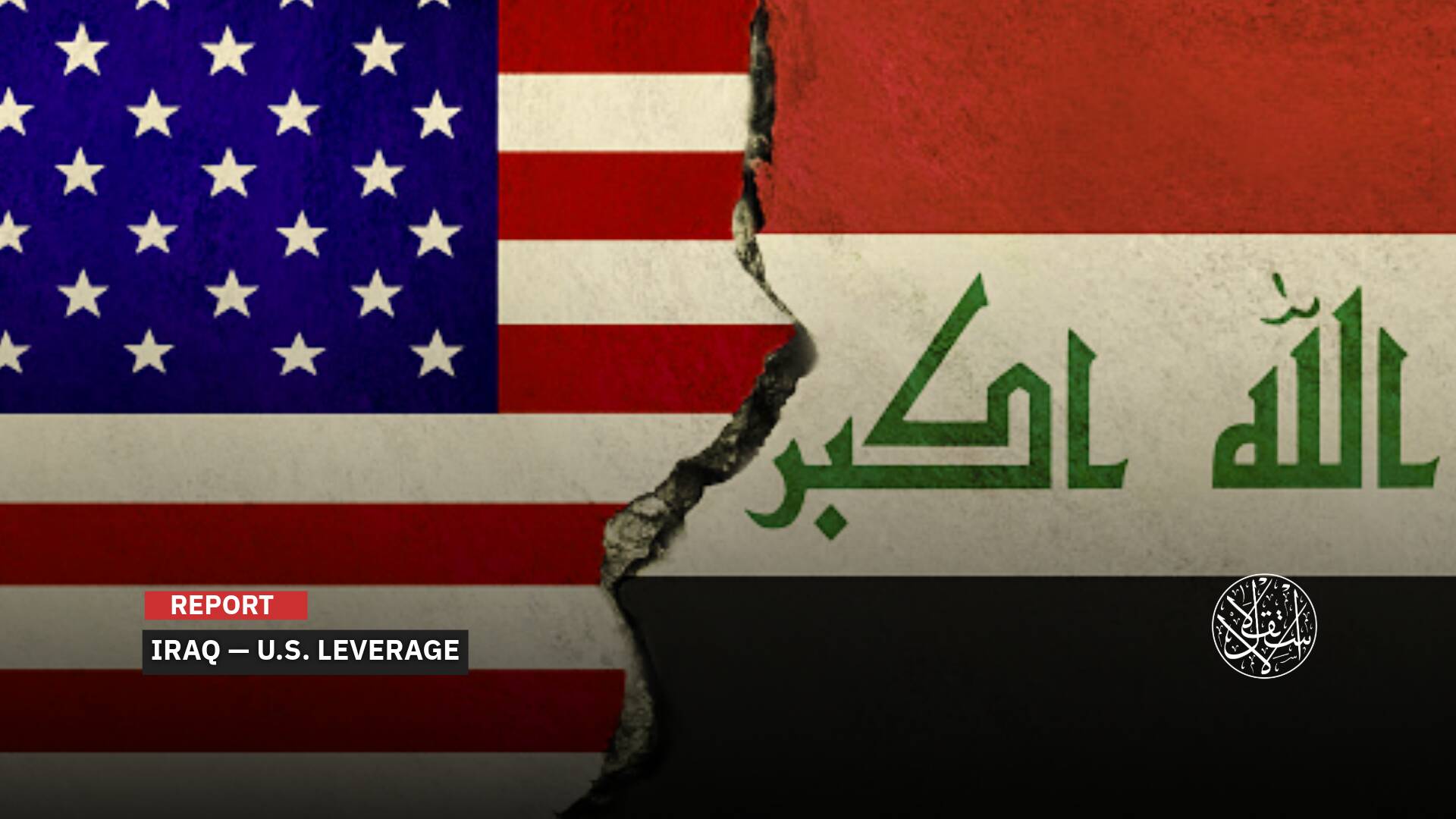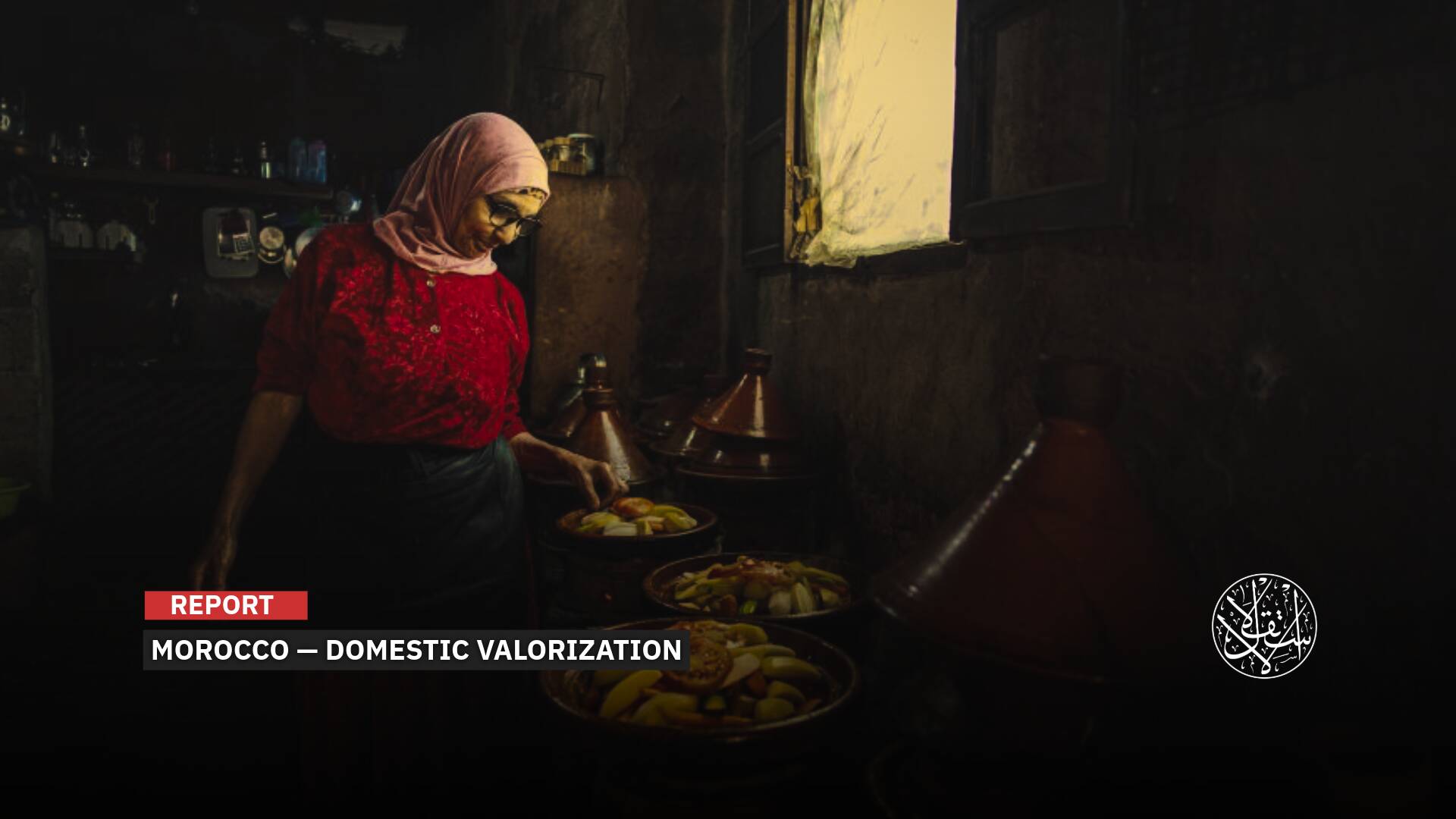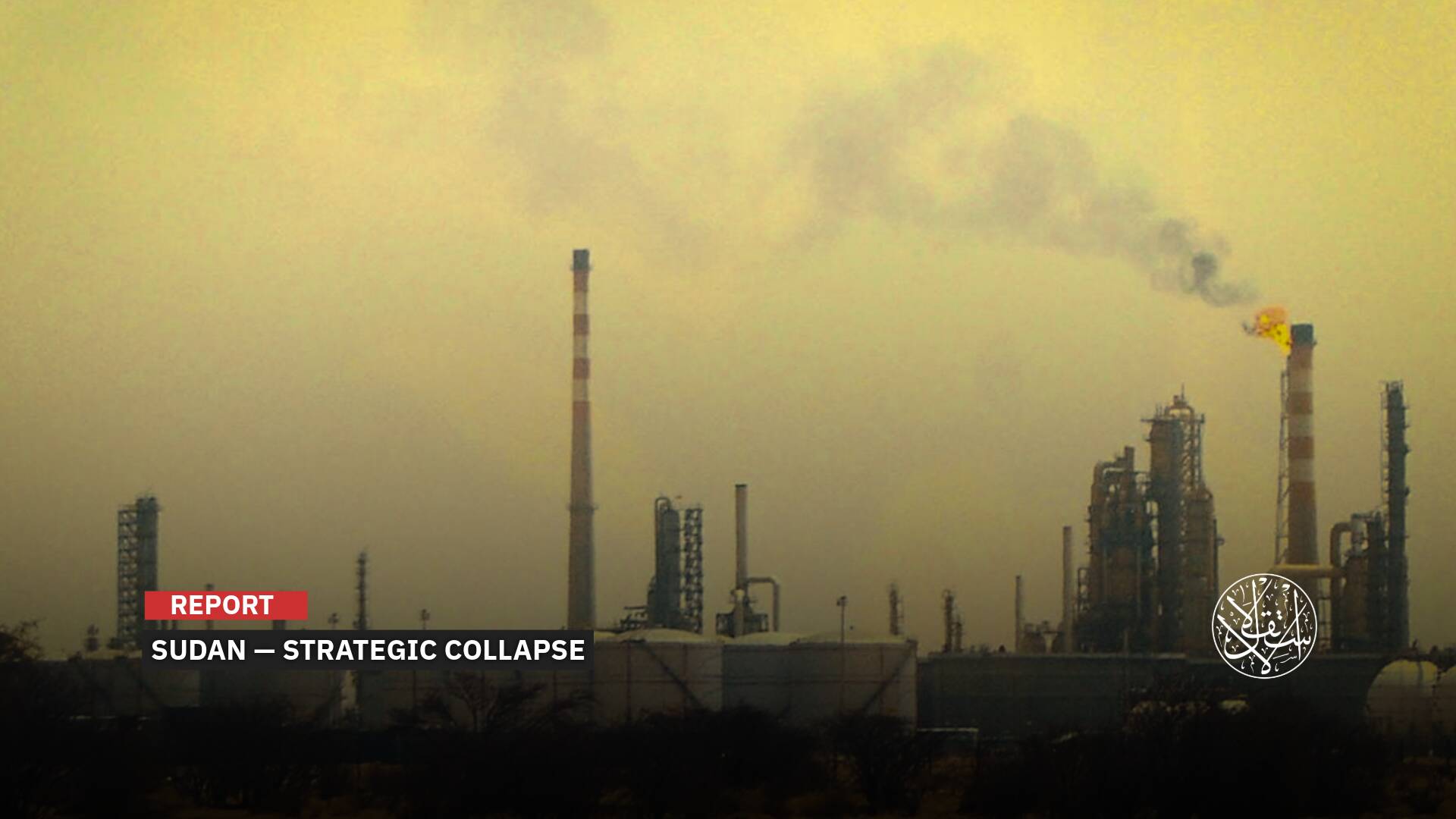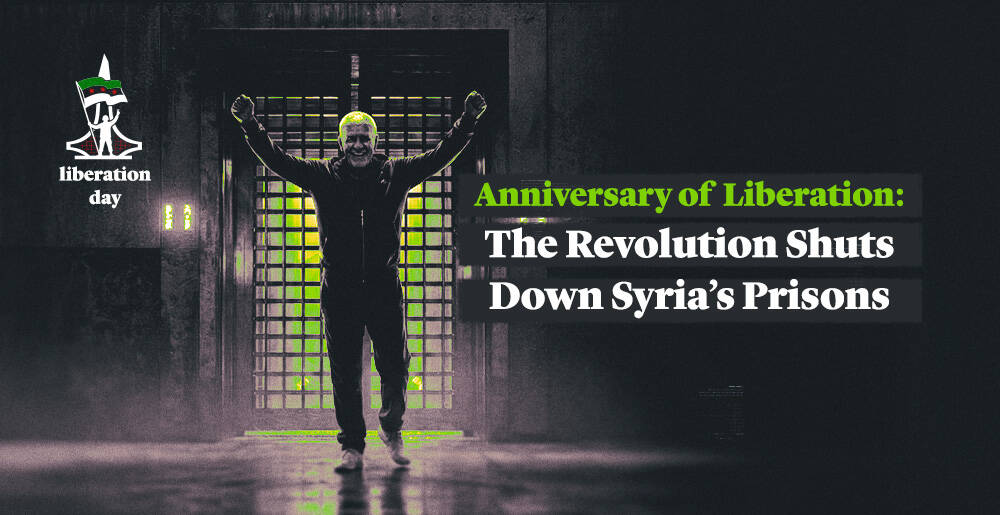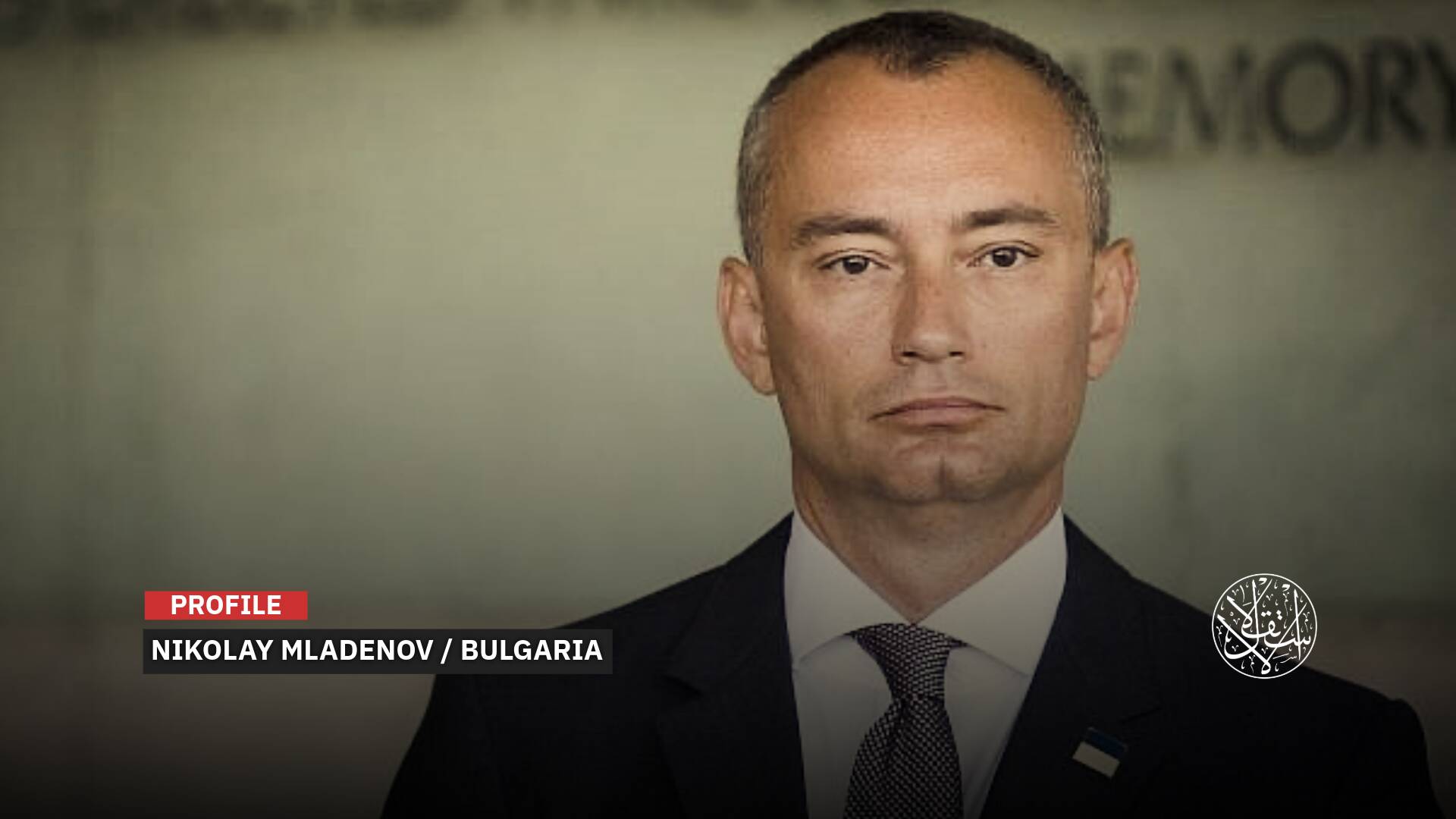‘Israel’ Seizes Syrian Water: A Strategic and Biblical Agenda

This control is a political tool to extort the new Syrian administration and achieve alleged religious goals.
There is an Israeli focus during incursions into Syrian territory under the pretext of protecting its security by occupying rivers and areas with Syria's main water sources.
The Israeli occupation army has taken control of 10 major water sources in southern Syria and key water bodies, which account for about 30% of Syria's water supply and 40% of Jordan's water supply, assuming they originate from Syria.
Rivers and Dams
“Israel’s” control over water sources in Syria is part of a broader strategy to seize these vital resources or negotiate their future division.
This is driven by an expected future water scarcity in the occupation state, which currently relies on stolen Palestinian and Lebanese water sources.
The control of water sources is tied to a "biblical vision" that views Syria and its surroundings as part of the mythical “Promised Land.”
Syria ranks 25th among 33 countries that are likely to face severe water shortages by 2040, according to the World Resources Institute.
Following the fall of Bashar al-Assad's regime, throughout December 2024, Israeli tanks moved directly towards water-rich areas under the guise of protecting “Israel’s” security.
The military also conducted airstrikes, claiming to destroy military threats, while concealing its true objective of stealing water.
As the Syrian opposition gained ground, Israeli forces occupied six rivers and water bodies in December 2024.
Among the most significant was the Yarmouk River and the crucial al-Wahda Dam, a vital source of both water and electricity for Syria, which also supplies water to Jordan.
By early 2025, Syrian media confirmed that Israeli forces had expanded their control over water resources, occupying the "al-Mantra Dam" on January 2.
This dam is a lifeline for the Quneitra province and surrounding areas.
Al-Mantra Dam is located a few hundred meters east of Quneitra, around 50 kilometers southwest of Damascus, within the buffer zone established on the Golan Heights in 1979.
This dam feeds the city of Quneitra, which “Israel” occupied, signaling that Israeli control of the city is not temporary, but permanent, as part of its plan to steal Syrian water resources.
Al-Mantra Dam, a crucial water reservoir, supports not only the Quneitra province, which lies within the occupied Golan Heights, but also the wider arid southern region of Syria.
Experts note that “Israel’s” occupation of al-Mantra, one of the most significant dams in southern Syria, now means that approximately 30-40% of Syria’s water resources are under the illegal control of Israeli Occupation Forces.
Before al-Mantra, “Israel” had already occupied five other key sites that supply Syria with water from its neighboring regions.
Now, six major water sources, constituting 30% of Syria’s water supply and 40% of Jordan’s, are under Israeli control.
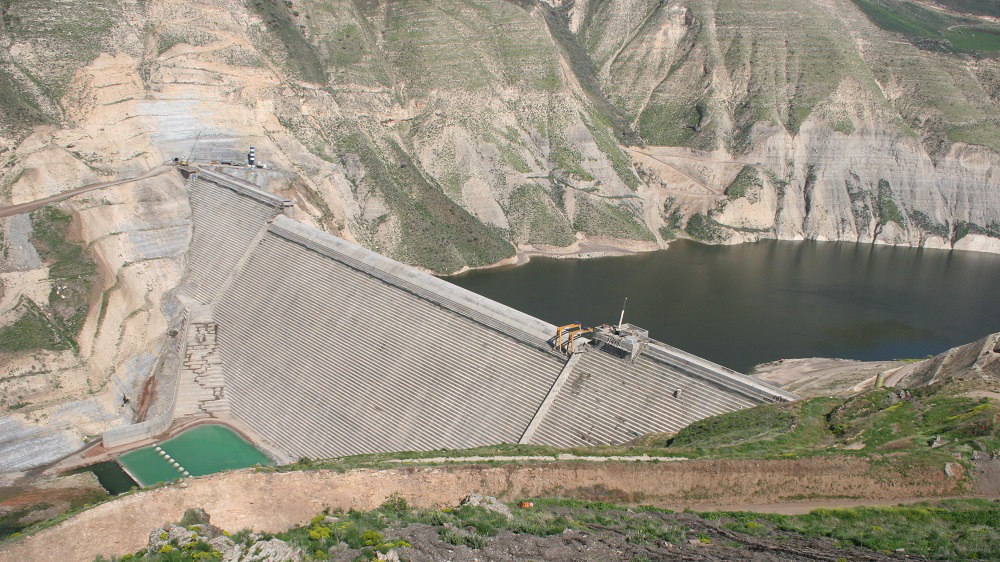
9 Dams
On January 6, 2025, Iran's English-language Press TV revealed that, in addition to the 3.5-kilometer-long al-Mantra Dam located within the UN-imposed buffer zone, “Israel” has also seized "nine other dams" outside this zone, all situated in the Quneitra and Daraa provinces of Syria.
These areas have been increasingly targeted by Israeli forces aiming to take control of water resources, bringing the total number of rivers, dams, and water bodies under Israeli occupation to 10.
Among the dams seized is the smaller "Rweihina Dam," located just 2.5 kilometers downstream from the Wadi ar-Ruqqad, which forms the natural boundary of the Golan Heights to the east.
Further downstream, 10 kilometers along the same river, is the three-kilometer-long "Kudnah Dam," next to the smaller "Biriqa Dam," both of which have been occupied by Israeli forces.
There are also two relatively larger dams on the Wadi ar-Ruqqad (the Ar-Ruqqad River): the "Ghadir al-Bustan Dam" near the towns of “Zaghbi and An Nasriyah”, and the "Jisr ar-Ruqqad Dam" near Saida and Ain Zakir.
The Wadi ar-Ruqqad is a key tributary to the Yarmouk River, which forms the natural boundary between Syria and Jordan before flowing into the Jordan River, a vital water source of strategic importance.
To the east, three additional occupied dams sit on the tributaries of Wadi ar-Ruqqad: the "Shabraq Dam," the "Sahim al-Golan Dam," and the "Abdin Dam."
The tenth dam under Israeli control is the “al Wahda Dam” (the al-Muqaran Dam), a 110-meter-high concrete dam on the Yarmouk River, marking the border between Syria and Jordan.
Plans for this dam, a joint Syrian-Jordanian project, had been in the works since the early 1950s. Still, it was not completed until 2011, the same year al-Assad's regime crushed the Syrian revolution and the conflict erupted.
“Israel” was one of the strongest opponents of the dam’s construction, claiming that its reservoir would threaten the flow of the Jordan River, a crucial water source for Israeli drinking supplies.
In the wake of al-Assad’s regime collapse, “Israel” swiftly moved to occupy the dam.
Alongside these dams, the Israeli military also seized the Wadi al-A’waj, located in the northern part of the occupied region near “Jabal Sheikh” (Mount Hermon), which, along with the Barada River, serves as a primary water source for the Damascus Basin.

Why Water?
“Israel's” occupation of nine rivers and reservoirs marks a significant blow to Syria’s new administration, representing the latest chapter in a long history of foreign restrictions on Syrians’ access to their own water resources.
It also serves as a powerful leverage point, particularly given Syria’s ongoing drought crisis.
The deliberate seizure of water sources, especially in southern Syria, signals “Israel's” desire to incorporate these areas into its borders as part of its vision of the "Promised Land" and the broader expansionist agenda behind Netanyahu's vision of a "New Middle East."
The pressure exerted by Israeli control over southern Syria’s water resources compounds the strain on Syria’s new regime.
The situation is further exacerbated by a decline in water supplies from the Euphrates River in northeastern Syria, which is crucial for the country’s agriculture, due to reduced flow from Turkiye.
The waters of the Levant primarily come from three major river basins: the Tigris, Euphrates, and Jordan.
Controlling these basins equates to the power to control survival itself, along with regional influence over neighboring countries.
This is where Syria’s water resources take on heightened significance. Despite facing internal drought, Syria is home to vital water sources for the region.
The Tigris and Euphrates Rivers both originate in Turkiye, flowing through northern Syria and stretching southward toward “Israel’s” borders.
These rivers pass through southern Syria to the borders with “Israel” and Jordan, with the Yarmouk River being a primary water tributary for Jordan.
While the loss of 10 dams (nine relatively shallow ones and one high dam) might seem minimal compared to the 150 dams spread across Syria, and the more than 15 cubic kilometers of water the Euphrates supplies annually, the reality is more complicated.
The Euphrates River itself faces severe challenges, particularly as it falls under the control of U.S.-backed Kurdish forces and is frequently obstructed by Turkish dams.
Moreover, water agreements between Syria and Iraq stipulate that about 60% of the Euphrates’ flow must reach Iraq as the downstream country.
In 2021, the water levels in the Euphrates reached their lowest point ever, devastating Syria’s water supply, which provides 90% of the country’s drinking water and 70% of its electricity.
This led to catastrophic consequences, including hours-long power outages in the capital.
There was a project to transfer water from the Euphrates to Damascus, but its multi-billion-dollar cost shelved any serious plans for its full implementation.
In recent years, seven million people in Damascus and southern Syria have relied heavily on smaller local rivers—specifically the Barada, al-A’waj, Ruqqad, and Yarmouk rivers—as well as groundwater. These, too, have now been occupied by “Israel.”
With the loss of the lower Yarmouk Valley, the upper al-A’waj Valley, and much of the Ruqqad River, 90% of Damascus’s water supply is now at the mercy of Israeli occupation.
When “Israel” occupied the Golan Heights, it denied Syria access to the Sea of Galilee, a vital freshwater source located between the Galilee and the Golan Heights.
The lake serves as a crucial water supply for southern Syria’s population.
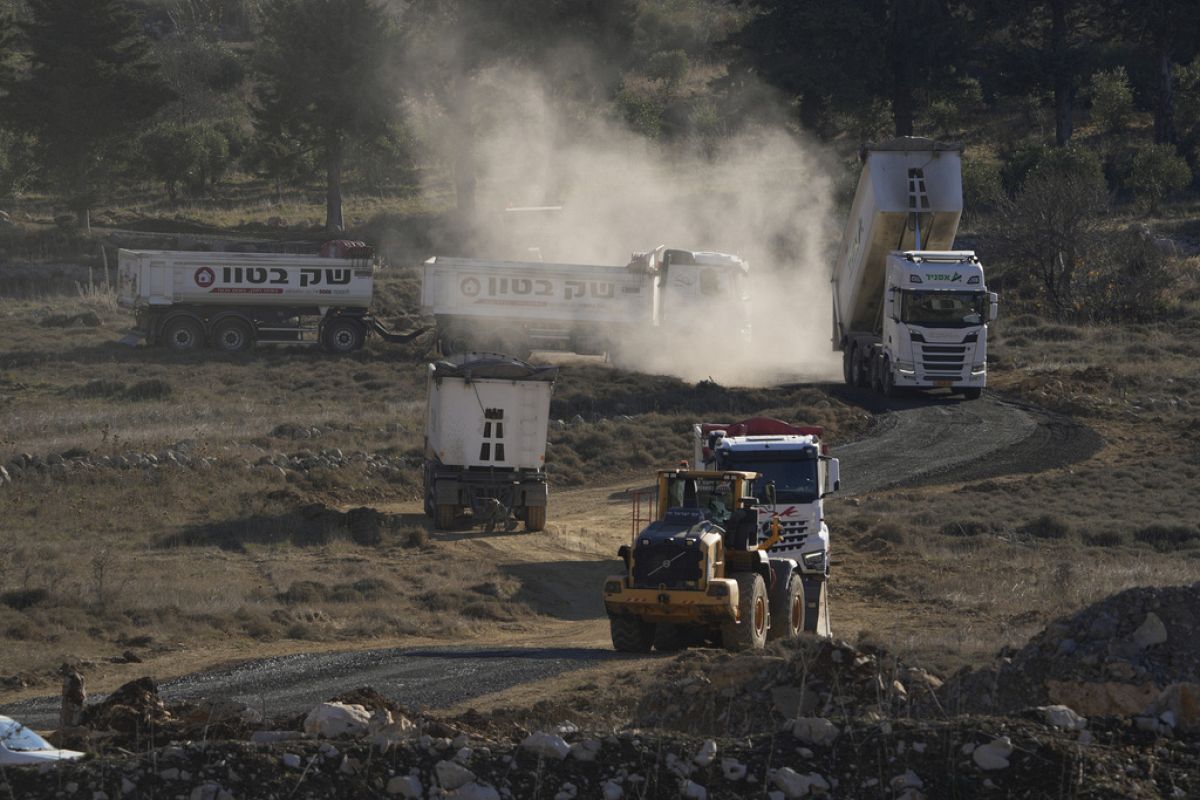
Biblical Dreams
By seizing control of 10 Syrian water sources, “Israel” has extended its dominance from the eastern slopes of “Jabal Sheikh” (Mount Hermon) and the Lebanese border, to the Yarmouk River valley near Jordan in the south.
These are regions that “Israel” considers part of its biblical "Promised Land."
For “Israel,” the occupation of Syria’s water resources is not just a political tool to leverage against Syria’s new administration; it goes beyond that, serving religious aspirations tied to the notion of "Eretz Yisrael" (“the Land of Israel”).
The region's water resources have long been a focal point for the Zionist movement, both before and after the establishment of the Israeli state in Palestine.
At the 1919 Paris Peace Conference, Chaim Weizmann, one of the founders of the Zionist movement and its first president, insisted that the borders of any future Jewish state should include the sources of the Jordan River (“Jabal Sheikh” Mount Hermon) and the lower reaches of the Litani River (Lebanon).
Weizmann wrote to Britain at the time requesting control over the Litani, Jordan, and Yarmouk rivers, citing their strategic importance for the future security of the Zionist entity.
Since 1948, “Israel” has attempted to seize control of the Sea of Galilee, the Jordan River, and the Litani River, along with numerous attempts to capture Lebanese rivers through military action.
In a December 10 article for Haaretz, Israeli left-wing writer B. Michael mocked the biblical dreams of his fellow countrymen and their army’s incursions into Syria, describing the situation as a "megalomania" of sorts.
"According to ancient Jewish tradition (held by extremist Zionists), God and Abraham met in the newly liberated region between Mount Hermon and the Shebaa Farms," Michael wrote.
“And there, God promised Abraham a land whose borders would stretch like a dream empire: from the Mediterranean Sea along the Nile River to Aswan, from there, across Saudi Arabia in a straight line to the Arabian Gulf.”
"From the Gulf along the Euphrates River up to near Turkiye, encompassing large parts of Iraq and Syria, a piece of Kuwait, and all of Lebanon," Michael noted.
This reflects “Israel's” belief in intertwining control over water resources and territory with its biblical narrative.
“Israel” justifies its occupation of these water sources by claiming the need to maintain a 15-kilometer security buffer zone inside Syrian territory to ensure that Syria’s new regime and its allies cannot launch rockets at the Golan Heights.
Additionally, “Israel” asserts the need for “a ‘sphere of influence’ extending 60 km (37 mi) into Syria, under Israeli intelligence control, to monitor and prevent potential threats from developing.” according to Yedioth Ahronoth on January 10, 2025.


